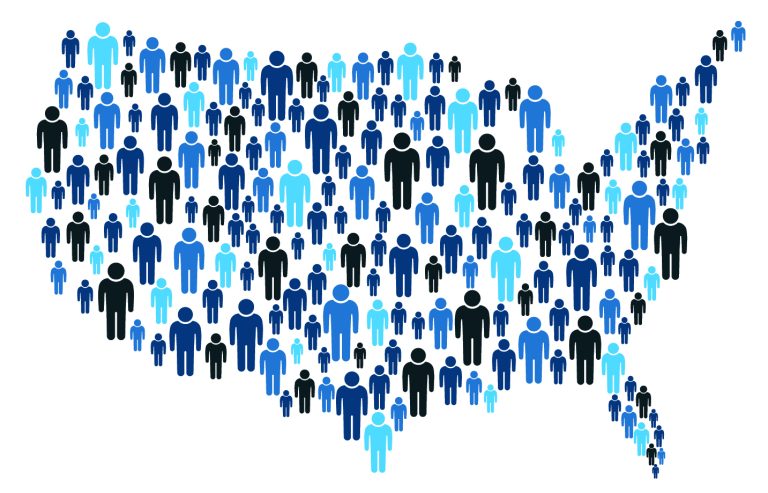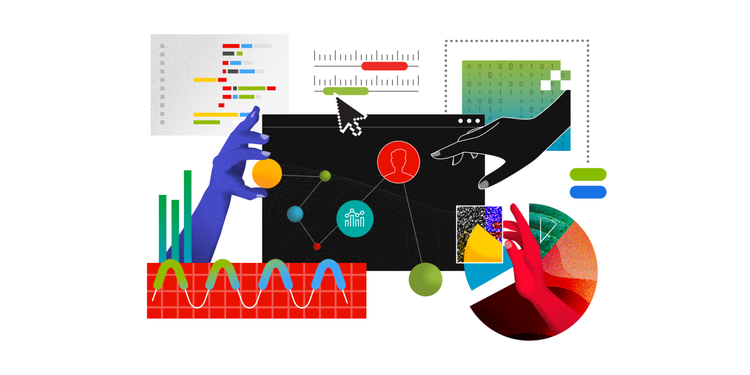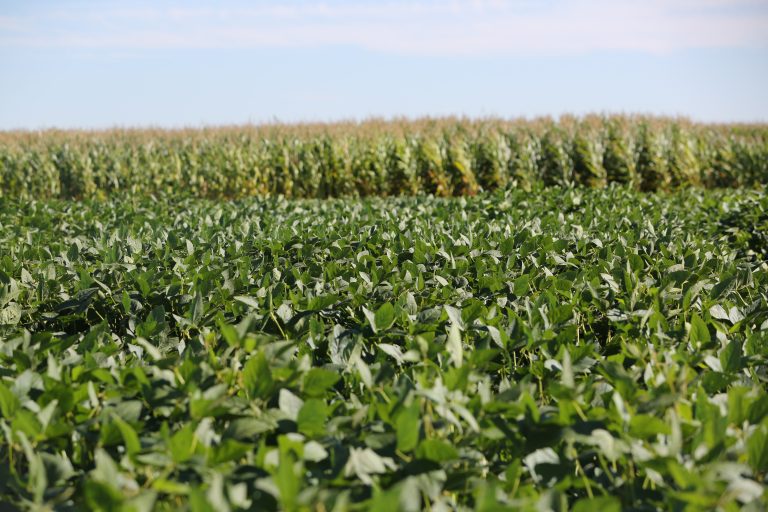Data Dive: Air Quality
Introducing: Data Dives, a closer look at SparkMap data. In these short blogs we will highlight and walk through interpreting some of our most recent and timely data. We will also provide links to additional information on the data if you want to continue learning more.
Data Dives will answer the following questions:
What data set(s) are described here?
What does this data tell me?
How can I interpret this data?
Where can I access this data?
Where can I find more information?
Let’s get started!
What data is described here?
In this Data Dive we’re discussing two data layers/indicators to help you determine air quality: Ozone Levels (Figure 1) and Daily Concentration of Particulate Matter (Figure 2; PM 2.5) from the Centers for Disease Control and Prevention National Environmental Public Health Tracking Network.
What do these data tell me about air quality?
Both of these data sets help you assess roughly how healthy or unhealthy the air in a County or Census Tract of interest is. The ozone layer tells you the average number of days in a year where ozone, a natural and manmade gas, exceeds the National Ambient Air Quality Standard. The fine particulate matter layer tells you the average number of days in a year where small liquid or solid particles in the air are above the National Ambient Air Quality Standard. Both of these forms of air pollution are important to understand as they can impact lung function.
How can I interpret these data?
When looking at these data, higher numbers indicate more days per year of higher than standard ozone or particulate matter. Therefore, the more days of above standard ozone or particulate matter indicates lower air quality. This is important to consider as poor air quality contributes to respiratory issues and overall poor health. These data help us understand one element of the physical environment that may impact community health.
Where can I access these data?
Both the Ozone and Particulate Matter data are available in the SparkMap Map Room and Community Needs Assessment. The ozone indicator in the Community Needs Assessment is available exclusively to Premium subscribers. In the Map Room, both the most recent and historical layers are available. In the Community Needs Assessment, the indicators are always the most recently updated.










